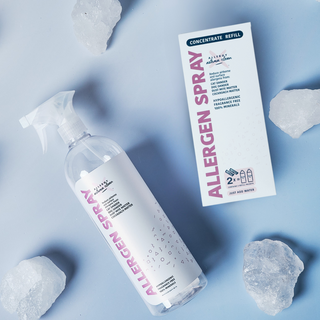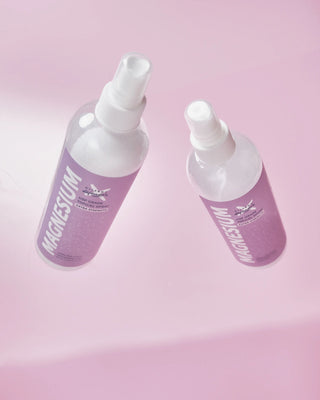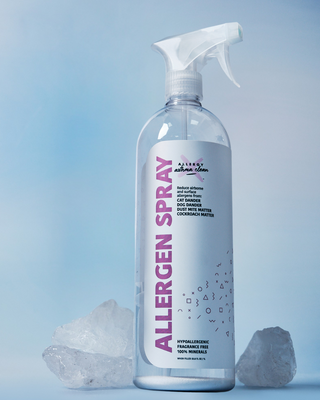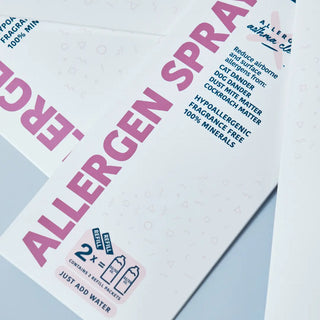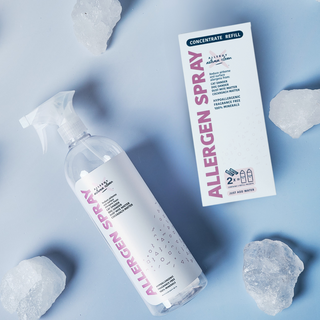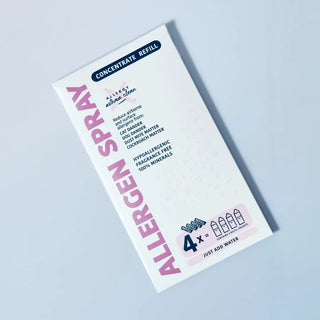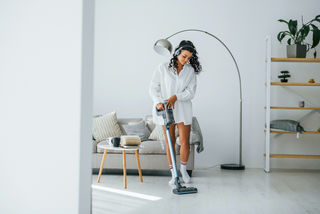

If you're a pet owner or have a furry friend in your home, you know that pet dander can cause allergies and make it challenging to breathe. That's where vacuuming comes in. Vacuuming has long been touted as an effective way to remove pet dander from carpets, furniture, and other surfaces. But does it really work? Vacuuming can significantly reduce pet dander, but not completely eliminate it.
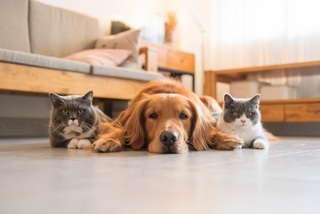
Understand Pet Dander and Allergies
While many people assume that pet hair is the primary cause of allergies, it's actually the protein found in pet dander (dead skin cells) that triggers the body's immune response. Pet dander is extremely lightweight and can remain suspended in the air for long periods, making it difficult to avoid. It can be found on carpets, furniture, and other surfaces, even if you don't have a pet in your home.
Pro tip: The saliva and urine from your pet are also potent allergens.
Pet dander allergies are common and can affect people of all ages, but children are more likely to develop allergies than adults. Up to 30% of people with allergies are allergic to dogs and cats. Allergies can range from mild to severe and can cause a range of symptoms, including sneezing, runny nose, itchy eyes, and even asthma attacks. Managing pet dander allergies can be challenging, but it's essential for maintaining good health.
When pet dander is inhaled, it triggers an allergic reaction in the body. The immune system sees the pet dander protein as a threat and produces histamine and other chemicals to fight it off. These chemicals cause the allergic symptoms that pet dander allergy sufferers experience. While there's no cure for pet dander allergies, there are several treatment options, including allergy shots, medication, and avoiding exposure to pet dander as much as possible.
Even if you don't have a pet in your home, pet dander can still find its way in. Pet dander can cling to clothing, be brought in on visitors, or even enter through open windows. If you have a pet, managing pet dander is essential for maintaining good health. However, even if you don't have a pet, it's still important to understand pet dander and how it can affect your allergies. By understanding pet dander and allergies, you can take steps to manage your symptoms and breathe easier. In the next section, we'll explore how vacuuming can help with pet dander allergies.
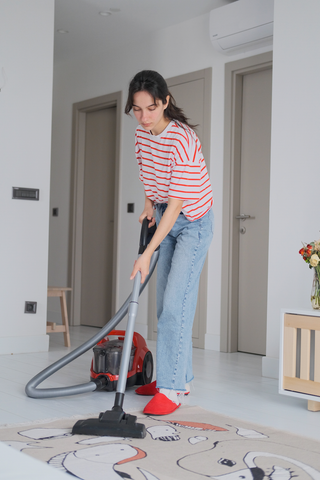
Vacuuming: A Tool for Removing Pet Dander
Vacuuming can be considered a crucial tool in removing pet dander from your home. A vacuum with a high-efficiency particulate air (HEPA) filter is the most effective way to capture pet dander and other allergens. HEPA filters trap 99.97% of particles 0.3 microns or larger, which includes pet dander. In addition to the filter, the vacuum's suction power also plays a crucial role in removing pet dander. Make sure to vacuum slowly and use a back-and-forth motion to help loosen pet dander from carpets and furniture.
Vacuuming should be done frequently to reduce pet dander in your home. Aim to vacuum your carpets and upholstery at least once a week, or more often if you have multiple pets or severe allergies. If you have hardwood or tile floors, sweeping or using a damp mop can help remove pet dander. Don't forget to vacuum or sweep under furniture, as pet dander can accumulate in these hard-to-reach areas.
It's also essential to maintain your vacuum to ensure it's functioning correctly. Replace the HEPA filter regularly, as recommended by the manufacturer. A clogged or dirty filter can reduce the vacuum's suction power and allow pet dander to escape back into the air. In addition, make sure to empty the vacuum's dustbin or replace the vacuum bag frequently to prevent pet dander from building up inside.
While vacuuming is one tool for removing pet dander, it's not the only step you should take to manage your allergies. Consider using an Allergen Spray to help neutralize pet dander and other allergens that can easily become airborne with vacuuming. Having your carpets shampooed by a professional can also help remove pet dander and other allergens. By combining vacuuming with other cleaning methods and products, you can create a more comprehensive approach to managing your pet dander allergies.
Choosing the Right Vacuum for Allergies
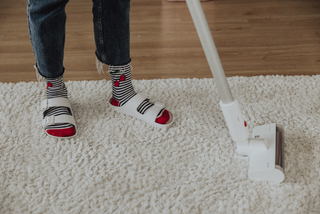
Pitfalls of Vacuuming
One of the potential pitfalls of vacuuming is that it can actually release allergens back into the air. This is especially true if you don't use the right vacuum or have lots of movement. Here are some of the reasons why vacuuming can release allergens back into the air:
- Vacuuming can stir up dust and pet dander that has settled on surfaces, making it more likely to become airborne.
- If your vacuum doesn't have a good filtration system, it may not capture all of the pet dander and allergens it picks up, allowing them to escape back into the air.
- If you vacuum too quickly or aggressively, you can actually kick up more pet dander and dust than you remove.
- Some vacuums are designed to work best on hard surfaces, and may actually spread pet dander and allergens around on carpets.
- Some vacuums have a bag that can be difficult to empty without releasing some dust and pet dander back into the air.
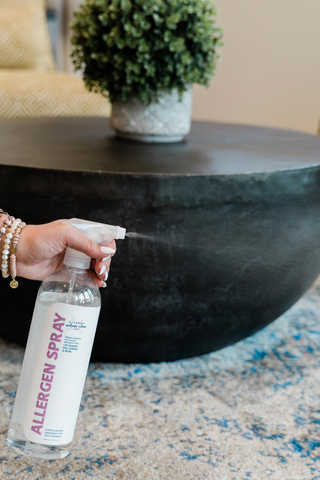
Using our Allergen Spray for Maximum Allergy Relief
Our Allergen Spray is an excellent tool for maximizing allergy relief after vacuuming. After vacuuming, spray the Allergen Spray in the air and on the carpeting, rug or surface that was just vacuumed. This could include carpets, furniture, and bedding. The Allergen Spray will help reduce the airborne and surface pet dander and other allergens that may have been stirred up during the vacuuming process, making them less likely to trigger an allergic reaction. Backed by real science!
Our Allergen Spray uses the natural power of minerals. These minerals attract, surround, and dehydrate indoor allergens. This method controls both airborne and surface allergens to achieve immediate relief.

Additional pet dander-reducing tips
There are a few additional ways to reduce pet dander, such as regularly washing pet bedding and throwing pillows in hot water, opening windows and letting the fresh air circulate, or considering air purifiers with HEPA filters.
Relief
Indoor allergies caused by pet dander and other allergens can be a significant issue for many people, especially those with asthma or other respiratory conditions. Vacuuming is a useful tool for removing pet dander and other allergens from your home, but it's important to be aware that vacuuming can also release these allergens back into the air if not done properly. Therefore, it's important to choose the right vacuum for allergies, use a HEPA filter, and vacuum frequently.
Additionally, to maximize allergy relief after vacuuming, using the Allergen Spray is highly recommended. This spray contains 100% minerals that effectively reduces pet dander and other allergens in the air and on surfaces. By using a combination of vacuuming and the Allergen Spray, you can enjoy a more comfortable living space.
Remember, Allergy Defender is a family-owned business that is dedicated to helping people with indoor allergies. Our Allergen Spray is highly effective and easy to use, and was designed for a fellow allergy and asthma sufferer. With the right tools and techniques, it's possible to reduce the impact of indoor allergies on your life and enjoy a more comfortable and healthy living environment.

